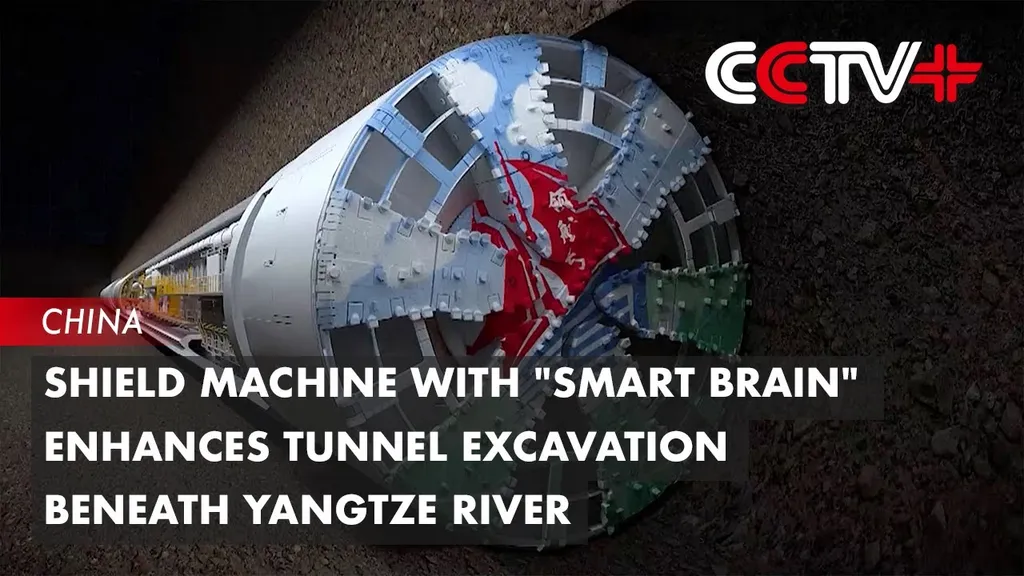In the intricate world of underground construction, shield machines are the unsung heroes, carving out tunnels that form the backbone of our urban infrastructure. However, these machines often face formidable challenges, particularly when encountering soft and hard uneven strata. A recent study published in *Yantu gongcheng xuebao* (Chinese Journal of Geotechnical Engineering) sheds light on how these geological conditions impact shield machine performance, offering valuable insights for the construction and energy sectors.
Led by Dr. Huang Dawei from the State Key Laboratory of Performance Monitoring and Protecting of Rail Transit Infrastructure at East China Jiaotong University, the research team conducted a 1:10 model test to understand the relationship between cutterhead forces and shield machine attitude changes in soft and hard uneven strata. “When a shield machine excavates a soft and hard uneven stratum, the soil reaction force on the cutterhead varies significantly,” explains Dr. Huang. “This variation can lead to additional torque and deviation from the design axis, posing a substantial challenge to the precision and efficiency of tunnel construction.”
The study revealed several critical findings. Firstly, the soil reaction force is greater when the cutterhead excavates a hard soil layer compared to a soft soil layer, leading to increased cutterhead torque. Secondly, the direction of the resultant force on the cutterhead depends on the distribution of hard soil contact areas. For instance, when constructing upper soft and lower hard strata, the cutterhead rotates counterclockwise, with the force direction varying based on the contact area distribution.
Dr. Chen Kai, a co-author of the study, emphasizes the practical implications: “Our findings highlight the importance of frequent cutterhead adjustments and alternating rotation directions during excavation. This approach can mitigate the adverse effects of uneven strata and ensure the shield machine maintains its intended trajectory.”
The research also underscores the influence of the shield machine’s inherent attitude and applied forces on its overall performance. By understanding these dynamics, construction companies can optimize their operations, reduce downtime, and enhance the safety and efficiency of tunnel construction projects.
For the energy sector, these insights are particularly relevant. Many energy infrastructure projects, such as pipelines and underground power lines, require precise tunneling through complex geological conditions. The findings from this study can guide engineers in selecting appropriate shield machine configurations and strategies, ultimately reducing project risks and costs.
As Dr. Xu Changjie, another co-author, notes, “This research is a step towards more intelligent and adaptive tunneling technologies. By integrating these findings into future shield machine designs, we can improve their performance in challenging geological conditions.”
The study published in *Yantu gongcheng xuebao* (Chinese Journal of Geotechnical Engineering) not only advances our understanding of shield machine behavior in soft and hard uneven strata but also paves the way for more efficient and reliable tunneling practices. As the demand for underground infrastructure continues to grow, such research becomes increasingly vital, ensuring that our construction methods evolve to meet the complexities of the subsurface world.

